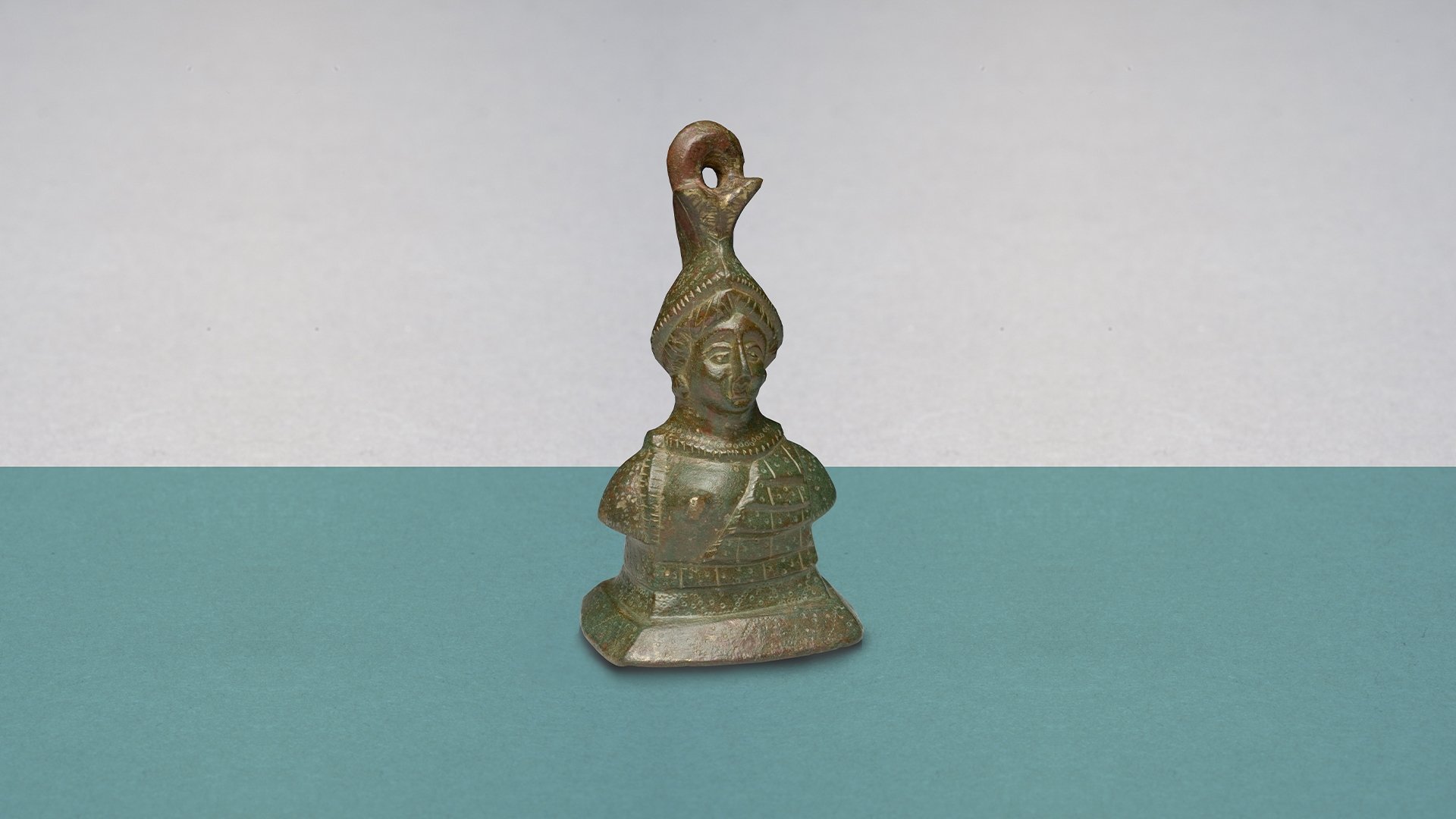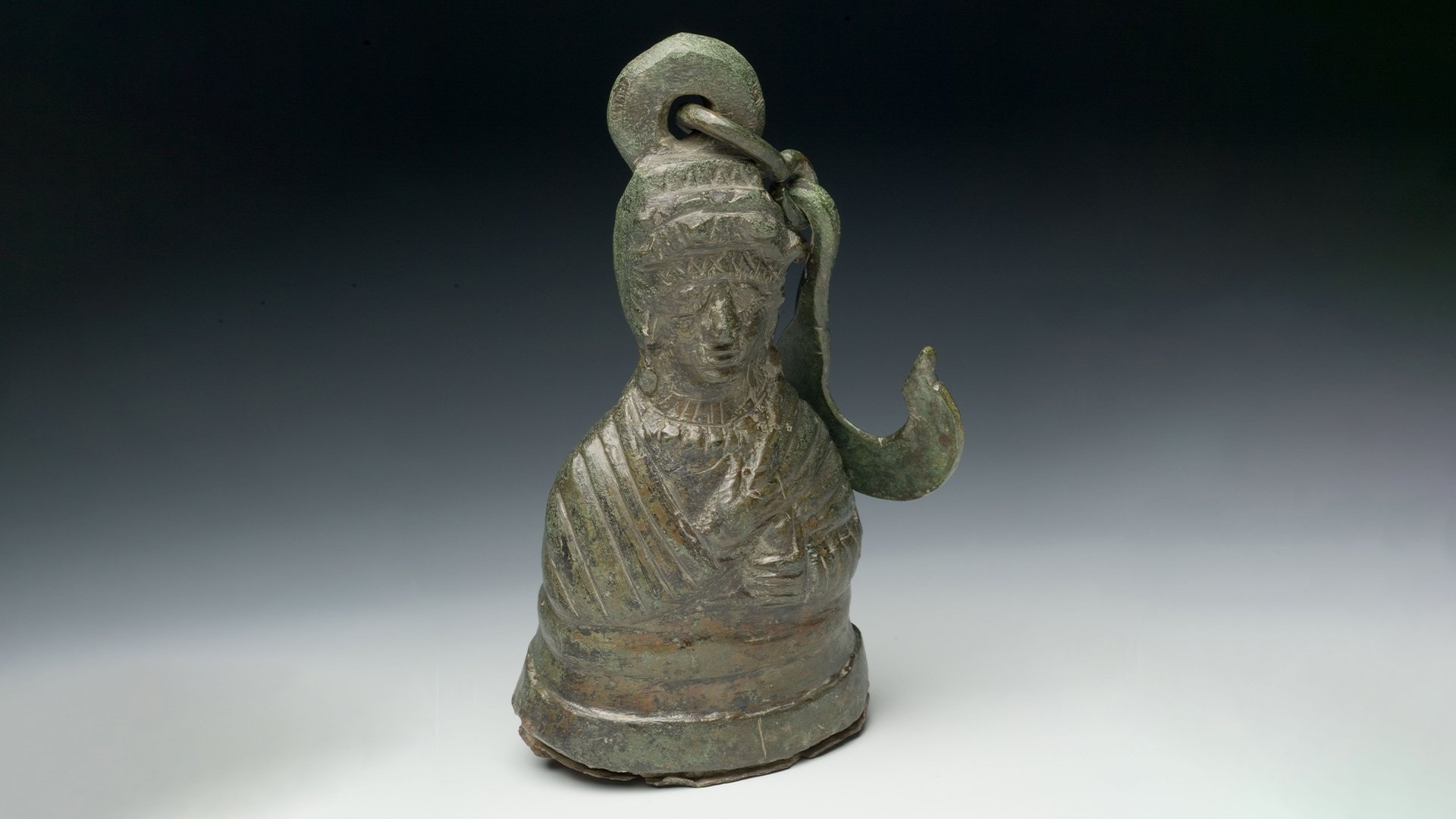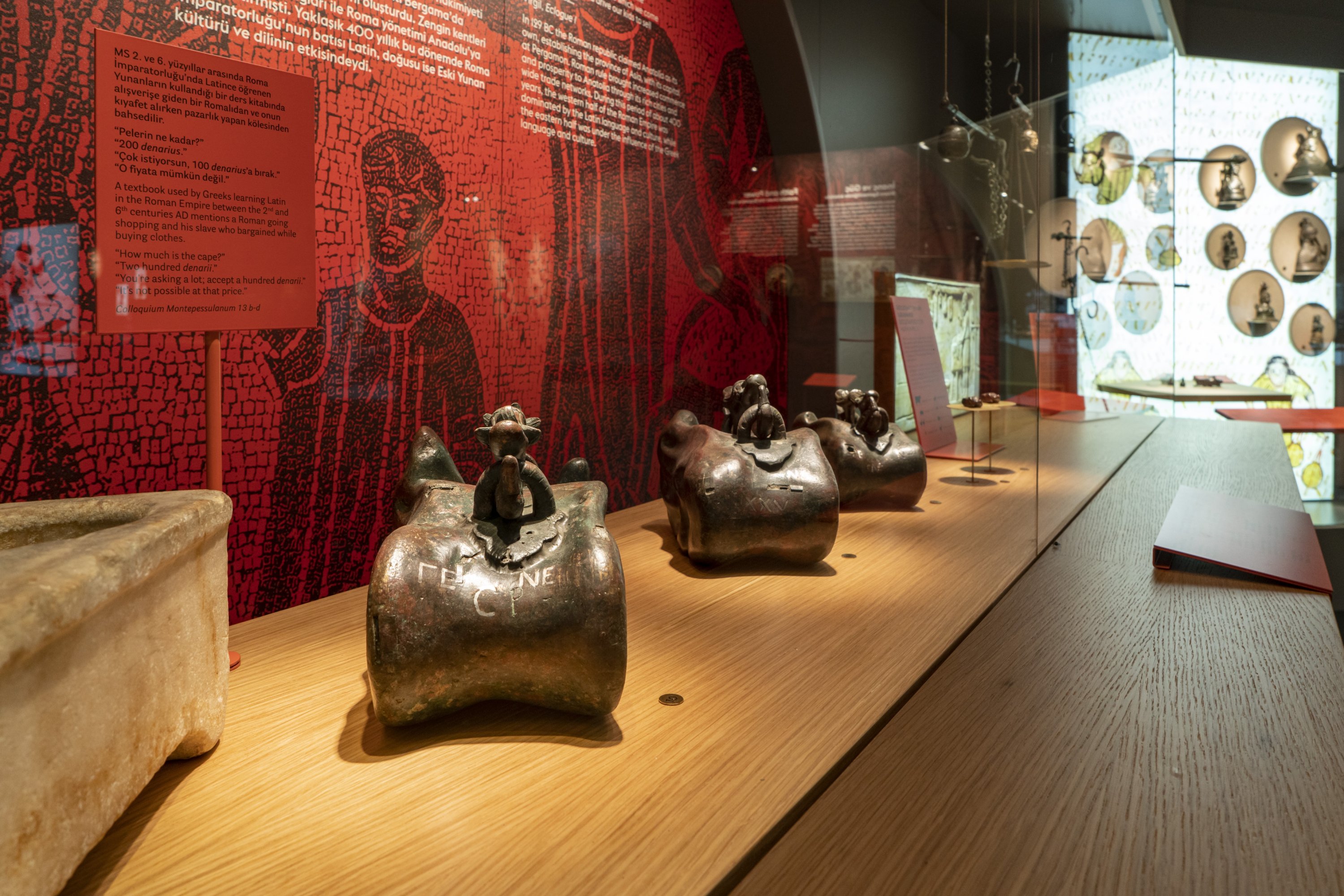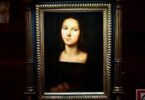Monitoring Desk
ISTANBUL: Istanbul’s Pera Museum is hosting ‘The Art of Weights and Measures exhibition,’ unfurling the concept of measurement through the eyes of civilizations, gods, merchants, masters and apprentices
Pera Museum has brought together a new selection from the Suna and Inan Kıraç Foundation “Anatolian Weights and Measures Collection” in an exhibition called “The Art of Weights and Measures.”
The exhibition revolves around the economy, culture, social trust dynamics and the journey of standardization of units, aiming to explore through the eyes of civilizations, gods, merchants, masters and apprentices.
Inspired by the verse in Homer’s “Iliad,” the speech series as part of the exhibition entitled “And the Stone Fell by Reason of Its Weight” covers the Assyrian trade colonies age, the Hittites and the Hellenistic period, shedding light on the shopping, trade, weight and measurement systems in the Roman, Byzantine and Ottoman periods.
Generating concepts about the act of measuring and weighing meant developing both a practical and philosophical relationship with the world for the ancient civilizations. While these archaic societies laid the foundation of weight units starting from the seeds grown in the fertile soil of Mesopotamia, they prepared the environment for the development of their civilizations through their observations on measurement. For instance, the second millennium B.C. witnessed the expansion of the boundaries of exploration, with trade routes from Mesopotamia to Anatolia.


As curiosity about the precision of measuring and weighing continued, myths moved from the world of the gods to that of mortals, and concepts such as righteousness and justice were associated with the balance of the scales. While the sins of the dead were weighed on scales in ancient Egypt, scales were indispensable elements in the depictions of gods and goddesses as symbols of justice, in ancient Greek and Roman cultures.
In Byzantine society, too, fair or correct weighing had a strong moral significance and revoked the idea of the weighting of the souls. In the Ottoman Empire, on the other hand, correct weighing emerged as an image that laid the foundations of trust in the context of faith as well as in trade.
The exhibition takes its starting point from Protagoras’ quote, “Man is the measure of all things: of the things that are, that they are, of the things that are not, that they are not.” For that reason, the attempt to measure the world with a handful of units brought along the ability to mentally construct it. As the measure of discovery was blended with myths, measuring and weighing became an important tool for the self-expression skill of people who were curious about science, the universe and the unknown beyond a physical experience.

In the previous parts of the exhibition’s speeches, professor Fikri Kulakoğlu, who heads the excavation, touched upon the trade and weight measurement system in the ancient site of Kültepe, while professor Ilknur Taş talked about measuring and measurement in Hittite culture. Suna and Inan Kıraç Foundation Pera Museum Anatolian Weights and Measures Collection Manager Yavuz Selim Güler also gave information on Roman merchants and bankers in Anatolia.
The fourth part of the speech series will be made on Tuesday, with the speech “State, Art and Weighing Instruments in Byzantium” by archaeologist Brigitte Pitarakis, who is the scientific consultant of the Istanbul Research Institute in the field of Byzantine studies. The speech can be listened to via the museum’s own Youtube channel.

Her speech will be based on the relationship between money and weight measurement in Byzantium, and aims to place the weighing instruments produced between the fourth and seventh centuries within the scope of the commercial context in which they were used with the ideology of imperialism and state control mechanism. Weighbridge knobs and double pan scale weights, which also have aesthetic qualities, exemplify the versatile meanings of functional objects. Empress and Athena busts prominent on the scale knobs serve for imperial propaganda, while the inscriptions and decorations on the scales point to the development of the state offices responsible for their control and the integrity between religion and the state.
Courtesy: Dailysabah






